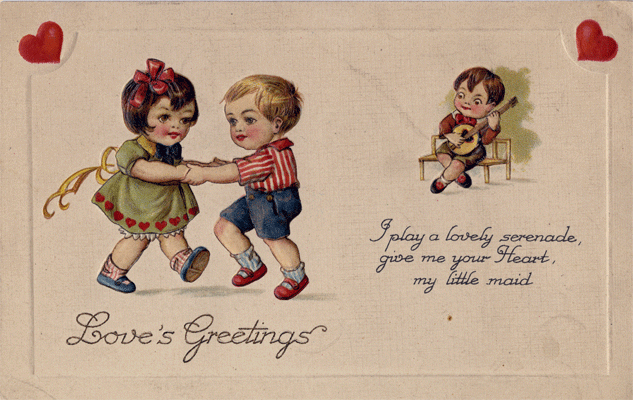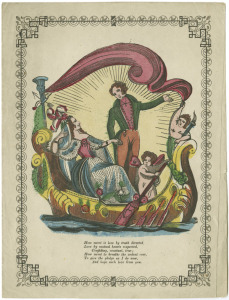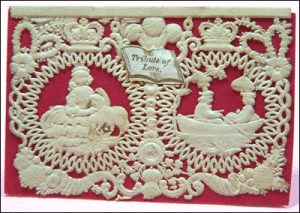Valentine’s Day is all about love, flowers, chocolates and passionate poetry. But it’s also a day for designers.
Think about it: A $15 billion industry in the U.S., it’s the busiest holiday of the year for floral designers, elements of art and design are found in cards, and the design of packaging of Valentine’s gifts (such as boxes of chocolates) can be as important as the presents themselves.
The history of Valentine’s Day is fascinating, with roots in both Christian and ancient Roman traditions and an evolution that is quite colorful. Highlights of the history include:
- The earliest surviving valentine was written in 1415 by Charles, Duke of Orleans, to his wife when he was being held in the Tower of London following his capture in the Hundred Years’ War between France and England.
- In 1797, a British publisher issued The Young Man’s Valentine Writer, which provided phrases for successful wooing to the tongue-tied suitor.
- In America, hand-made Valentines appeared around 1740 and were sealed with red wax and left secretly on a lover’s doorstep. Commercial cards appeared in the 1840s. Some included trinkets, some locks of hair, and in some cases there were checks that were drawn against “The Bank of Love.”
- The first mass-produced valentines of embossed paper lace were produced in the late 1840s by Esther Howland of Massachusetts, who is considered to be “the mother of the American valentine.”
- According to the Greeting Card Association, about 1 billion Valentine’s Day cards are sent worldwide each year, second only to 2.6 billion Christmas cards sent each year.






